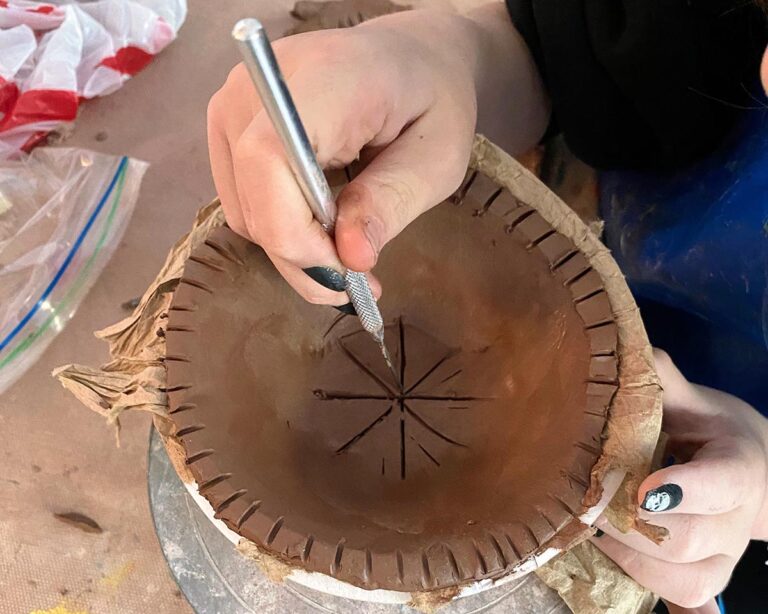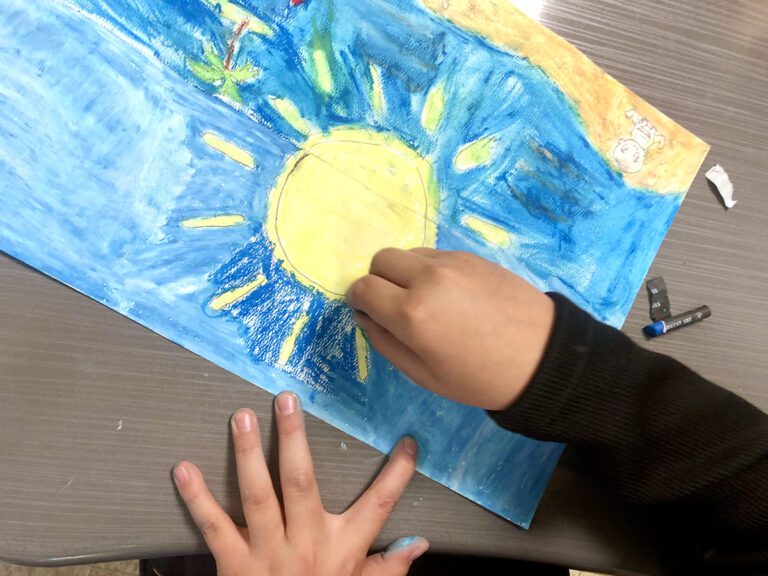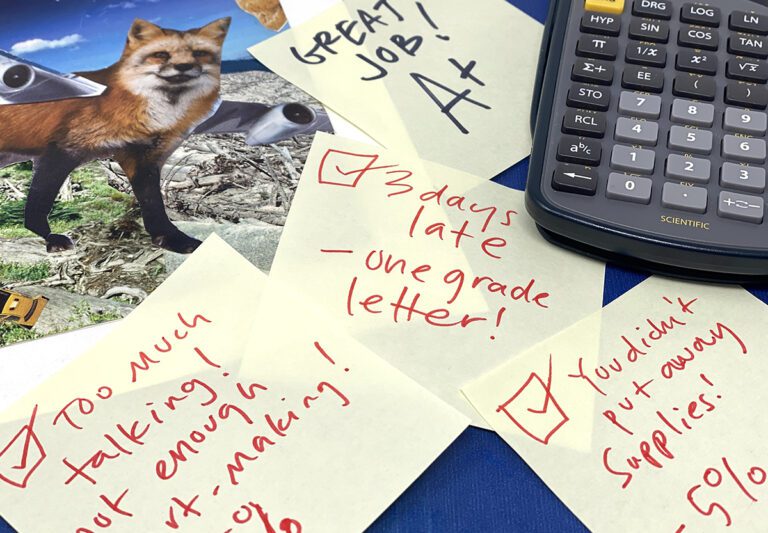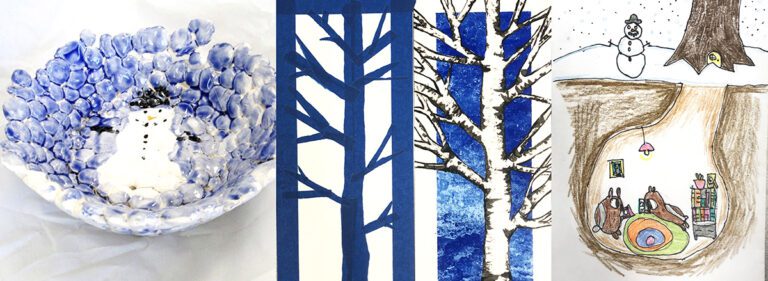I attend a daily kettlebell class at a local gym. I’m barely awake as I stumble into the gym at five in the morning. 45 minutes later and covered in sweat, I walk out of the gym much more energized and ready to start my day. My morning kettlebell workout is an excellent time for me to prepare for my day.
The other morning it occurred to me–kettlebell class is like art class.
In kettlebell class, the instructor, or teacher, has the ability to adapt the workout to meet the varying levels of skill for her students. When the teacher demonstrates the skills for the workout, she demonstrates a difficult, less difficult and easier way to complete the workout. Everyone gets what they need. The teacher makes accommodations for the various learners in her classroom. The teacher walks around the room and assesses the learning. It is her job to be sure that students are using the kettlebells correctly to avoid injury. She encourages those who are struggling and compliments those who are doing a good job.
Being a student has helped me be a better teacher.
As a student, I have the desire to be recognized for following directions and doing a good job. I want the instructor to smile at me, to compliment me and to make me feel like I’m important. When she acknowledges me, I want to continue to improve and continue to do my personal best. I want her to acknowledge when I’m doing something right.
In the book, 501 Tips for Teachers, Robert D. Ramsey reminds us of the importance of using positive reinforcement with all students. He says, “Balance praise and criticism. Research shows that many teachers spend much more time fault-finding than in affirming their students. Remember what it was like to be a student. This perspective will change the way you teach.”
I’m thankful for my daily reminder of how important it is to praise all students. I challenge each one of you to add more positive feedback into your classroom. Your students will notice and appreciate the change.
Here are some examples of how you can praise your students:
- You’re really doing a good job taking your time on this art project.
- I like how you noticed you weren’t following directions and you corrected yourself. Good job paying attention to detail.
- Good job paying attention to the directions.
- You’re doing a very good job paying attention to the details in your project.
- You are doing an excellent job demonstrating craftsmanship.
- I like how you’re slowly painting all the tiny details.
- You’re improving so much!
- You’re doing so much better drawing lightly.
- Keep up the good work; I’m so proud of you for taking your time.
When you are a student what are the qualities you look for in your instructors?
What are other ways you can give positive feedback to your students?
Magazine articles and podcasts are opinions of professional education contributors and do not necessarily represent the position of the Art of Education University (AOEU) or its academic offerings. Contributors use terms in the way they are most often talked about in the scope of their educational experiences.




